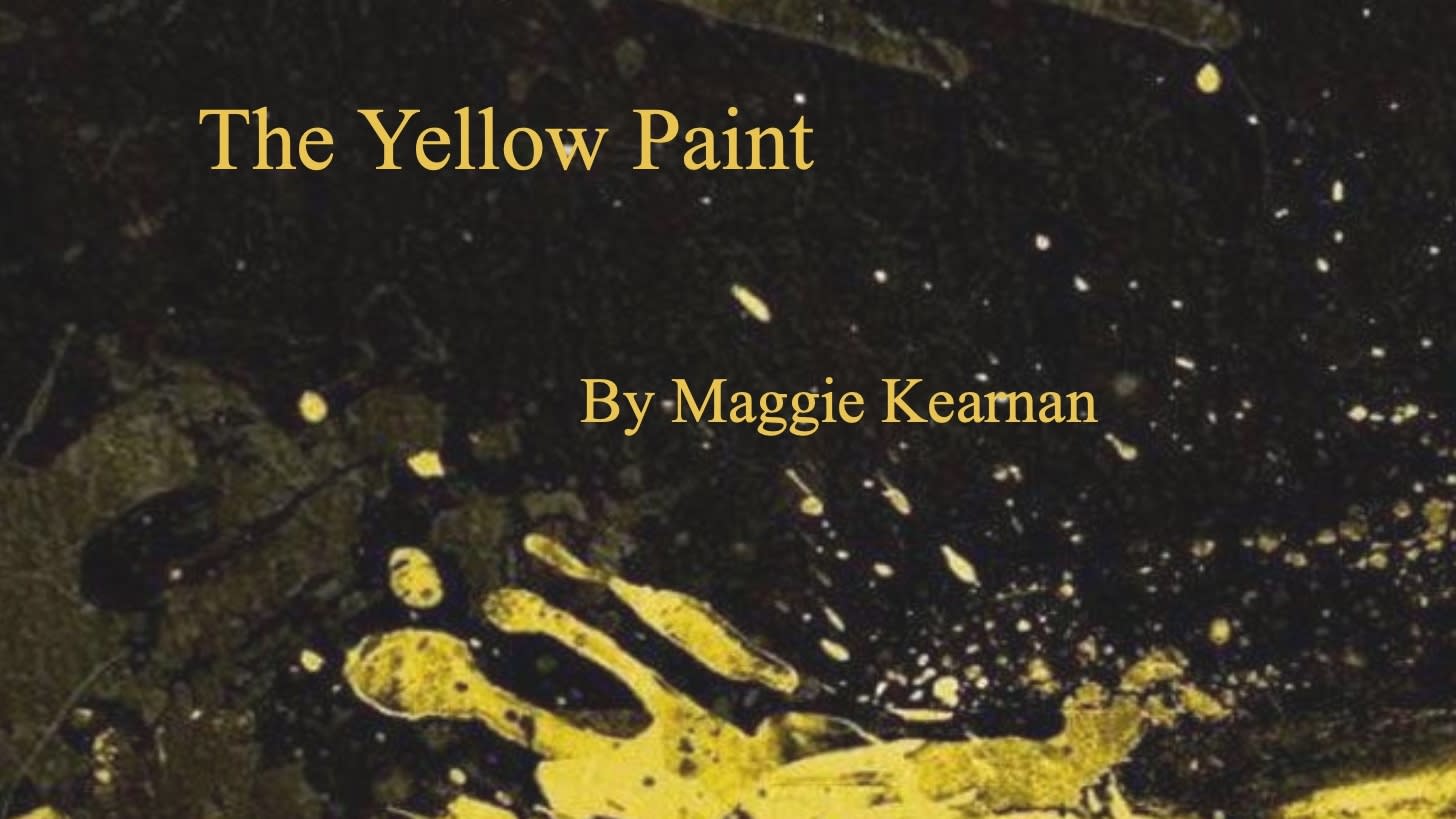Which Maggie Kearnan play are you?
My plays live in very different worlds and genres. Not sure which one is for you? Take the quiz to see which one of my plays matches your vibe!
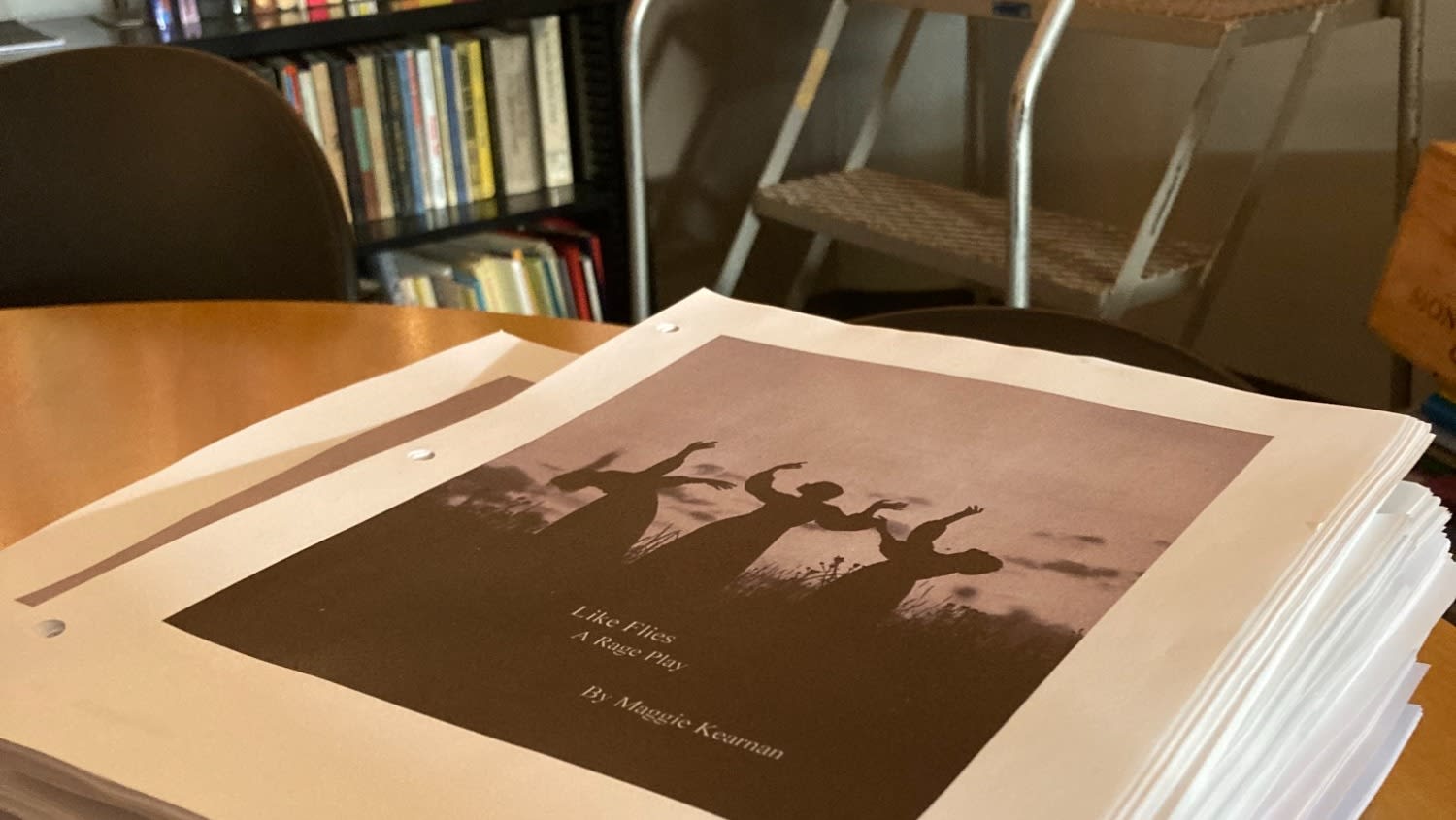



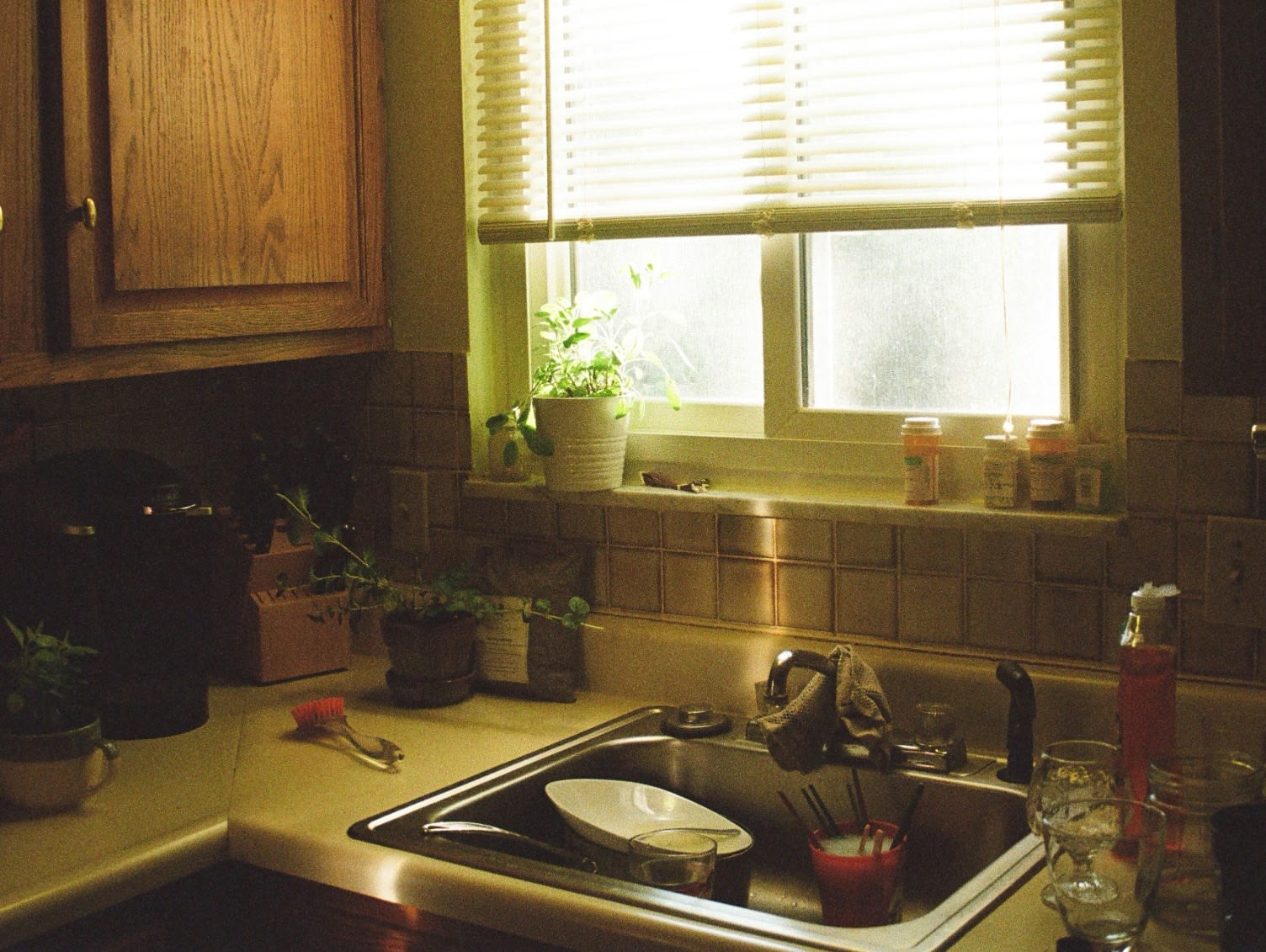




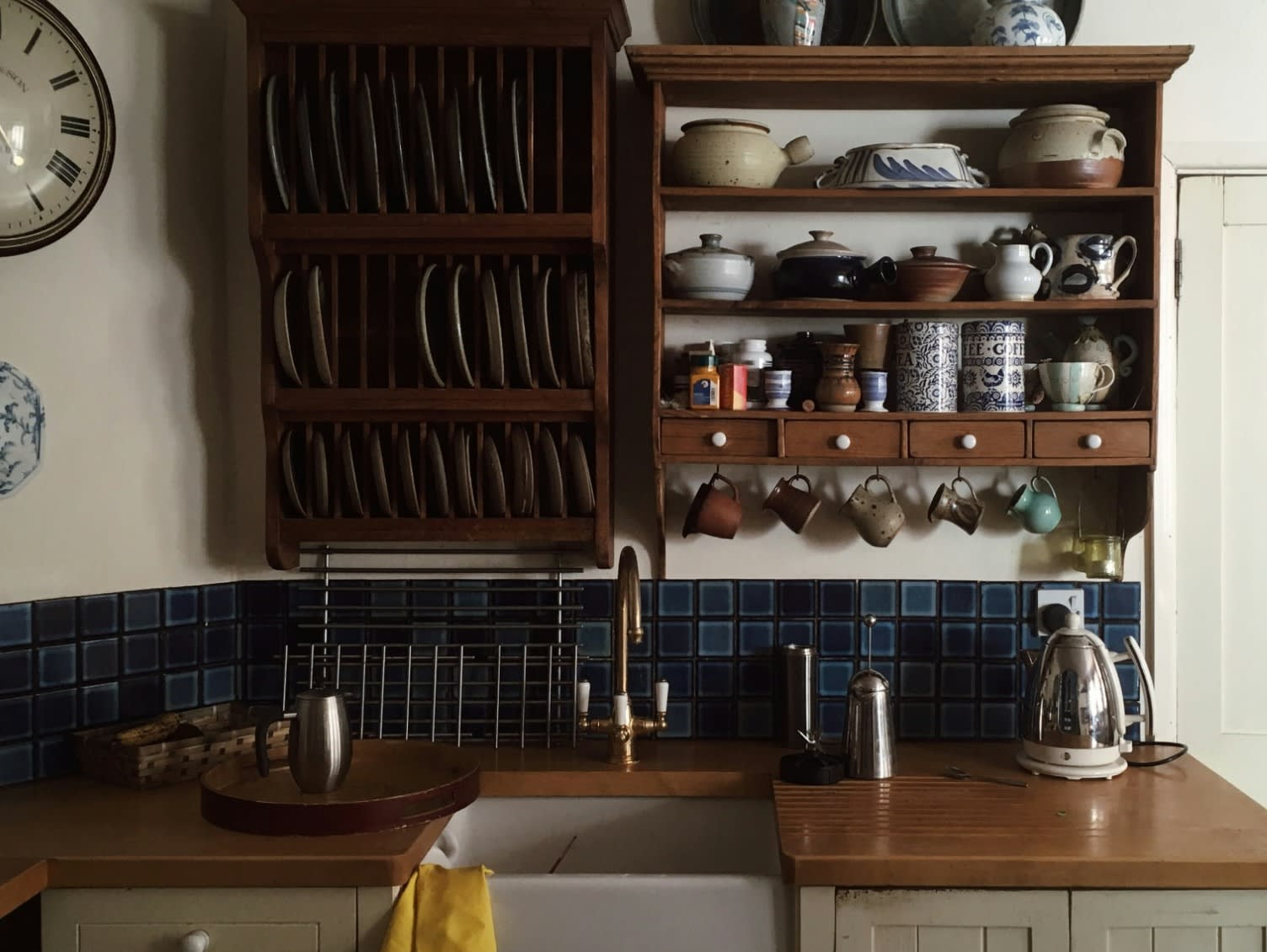








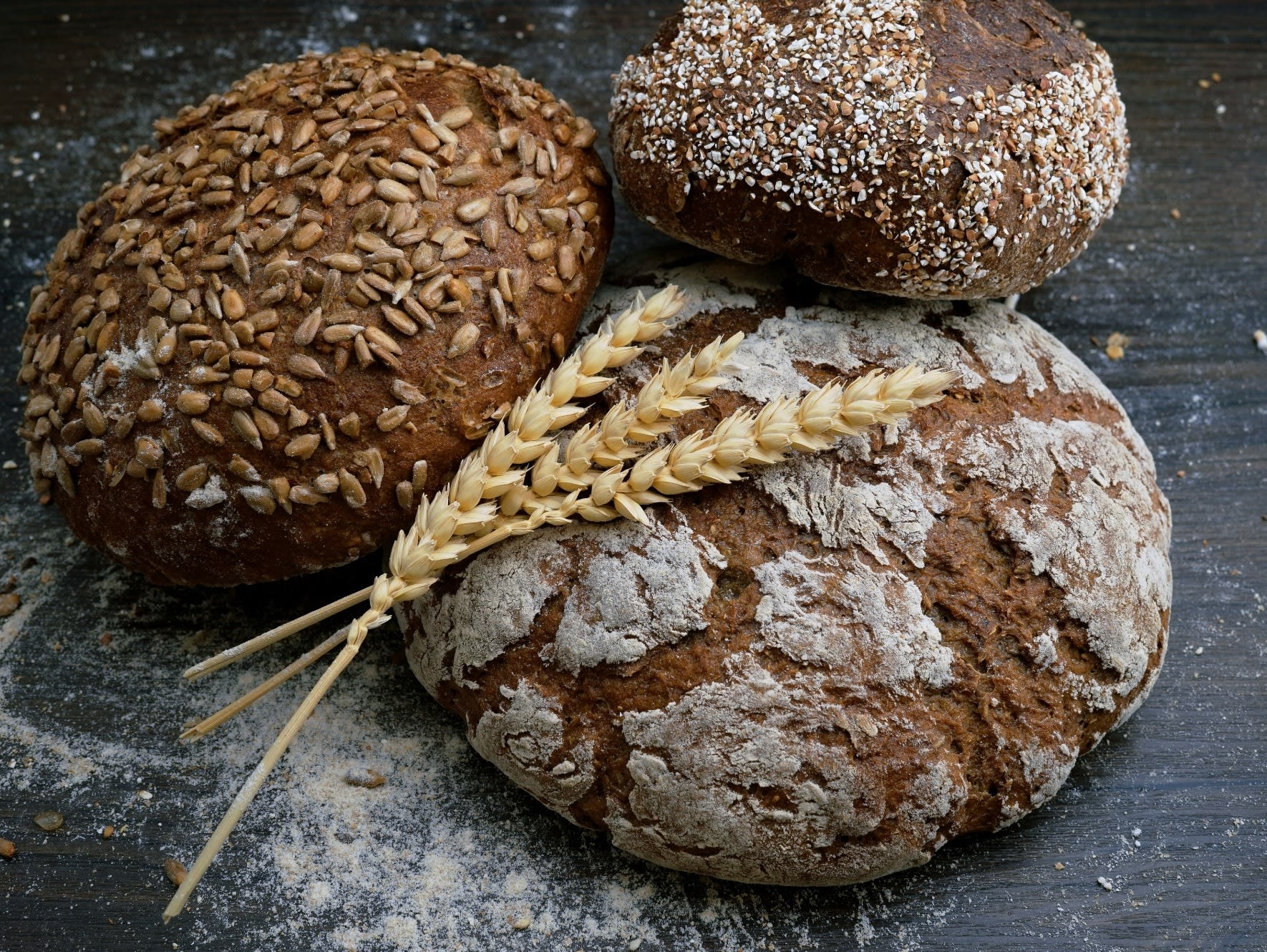

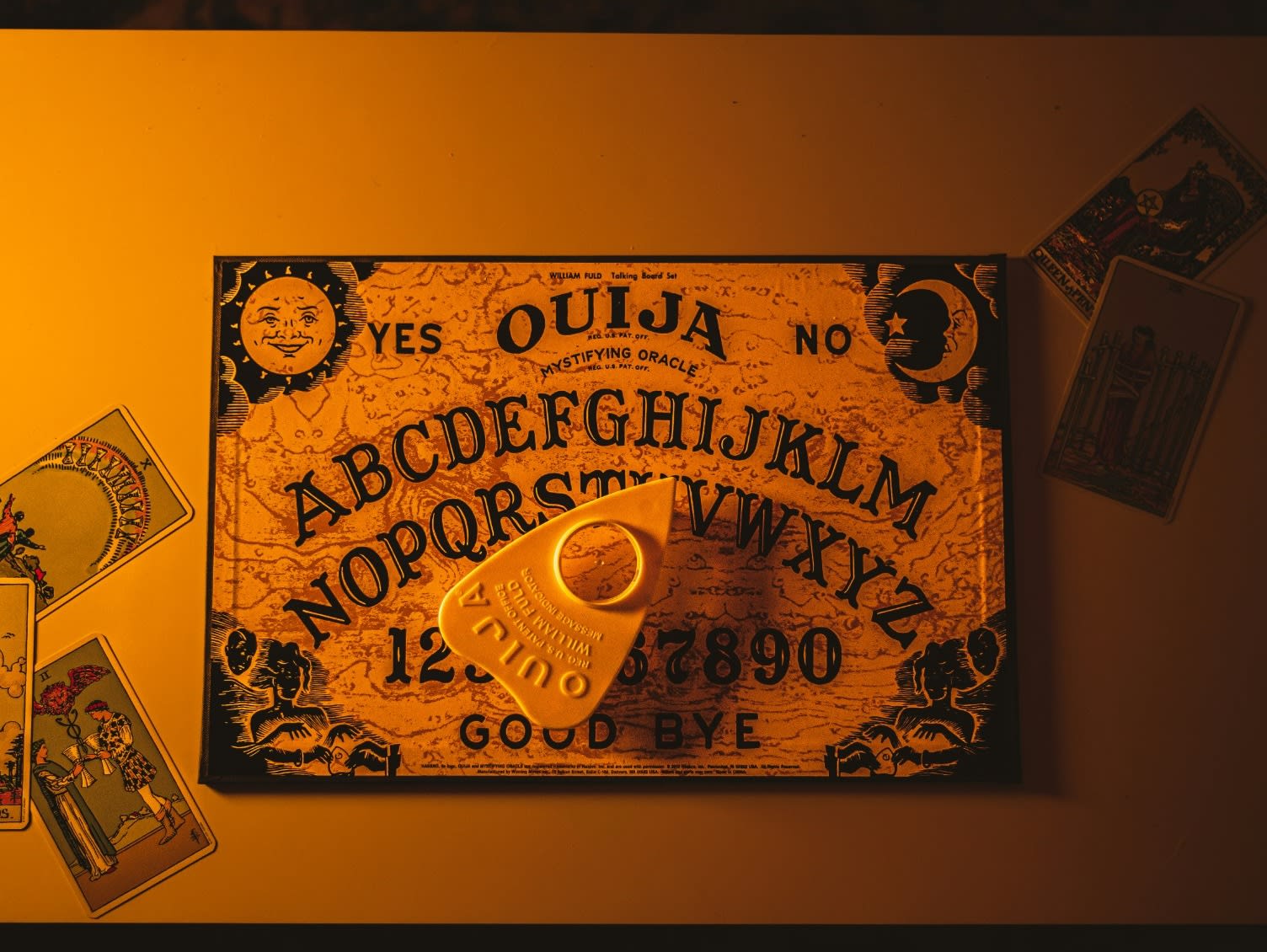
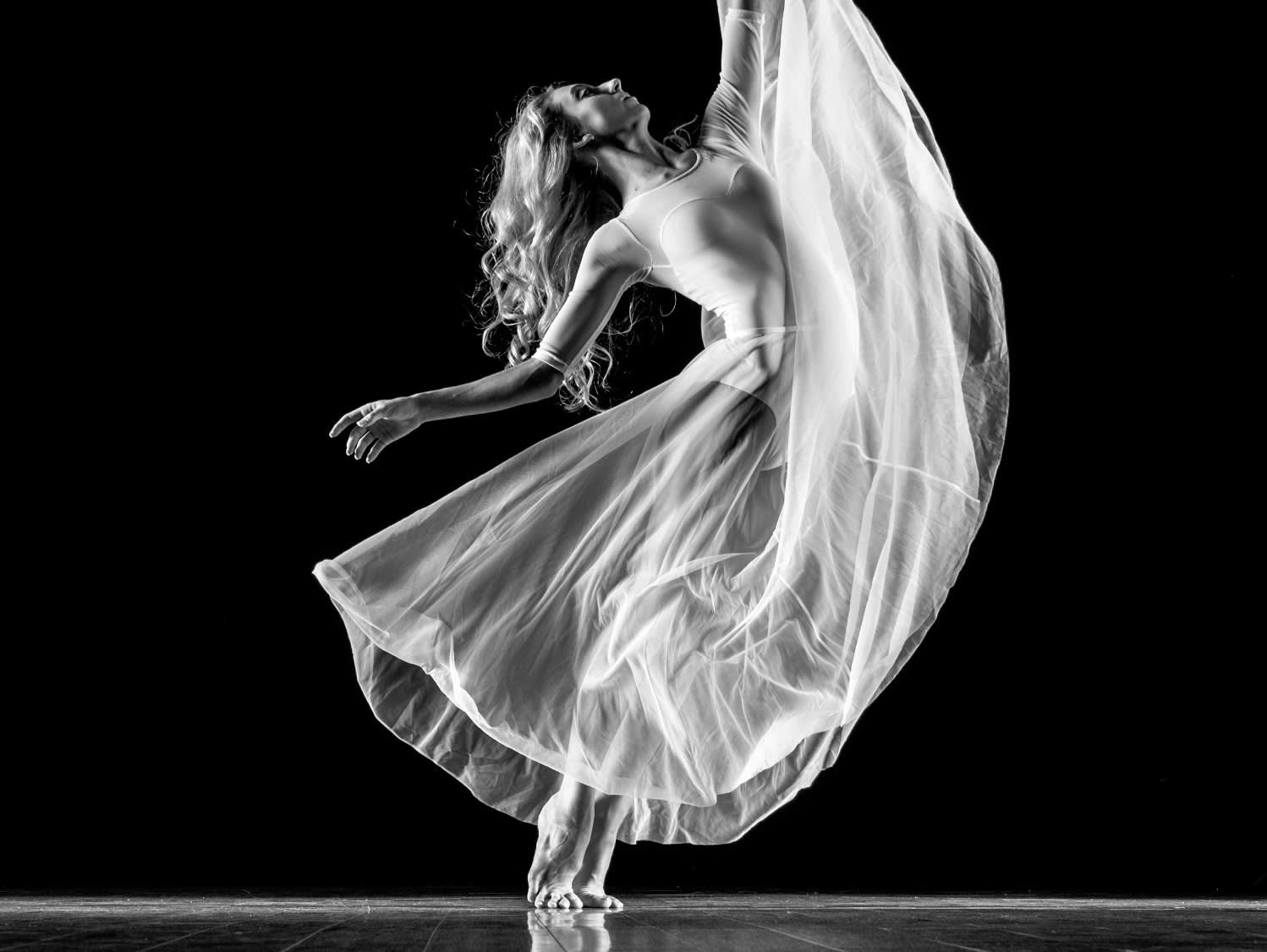
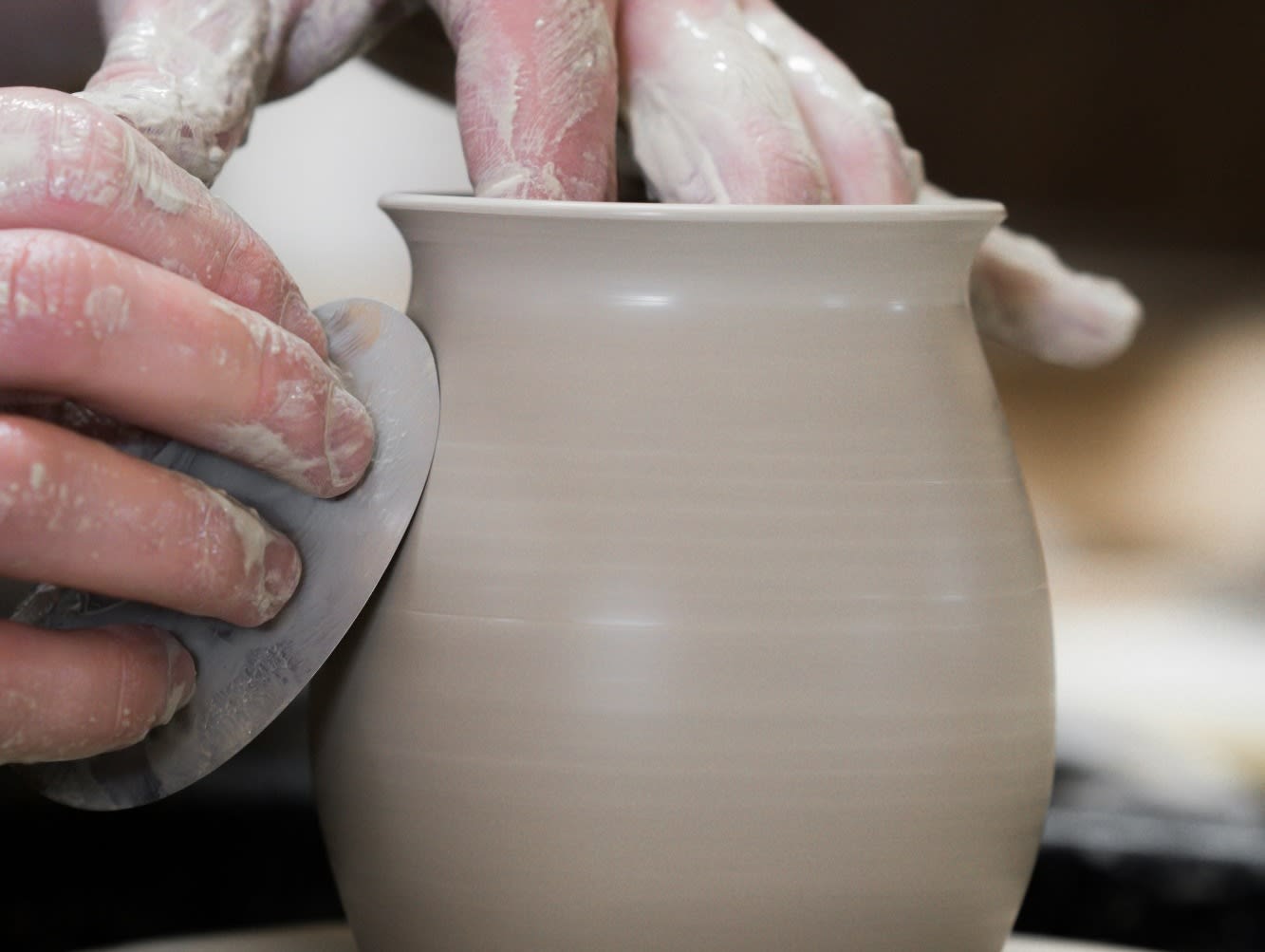





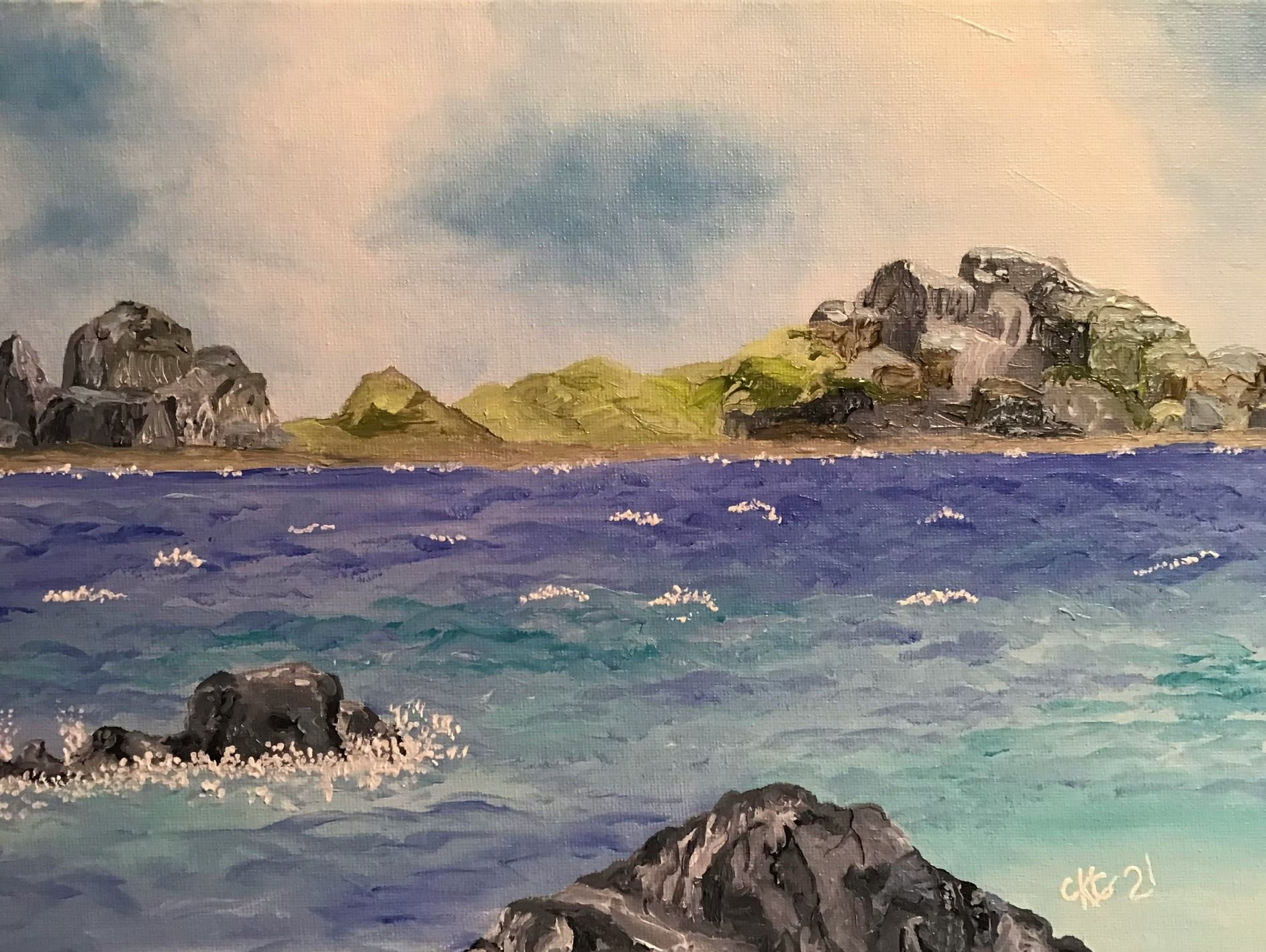
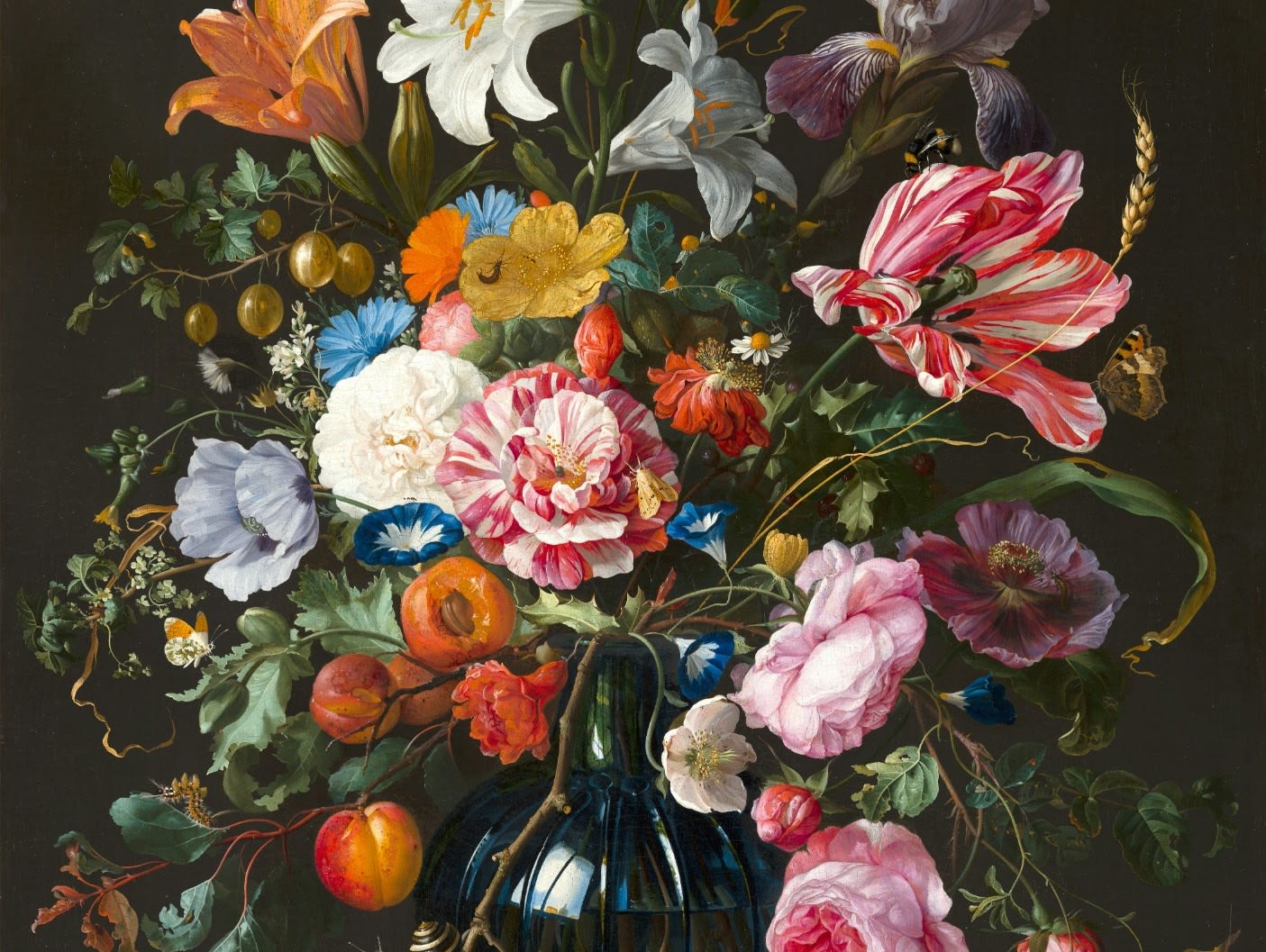
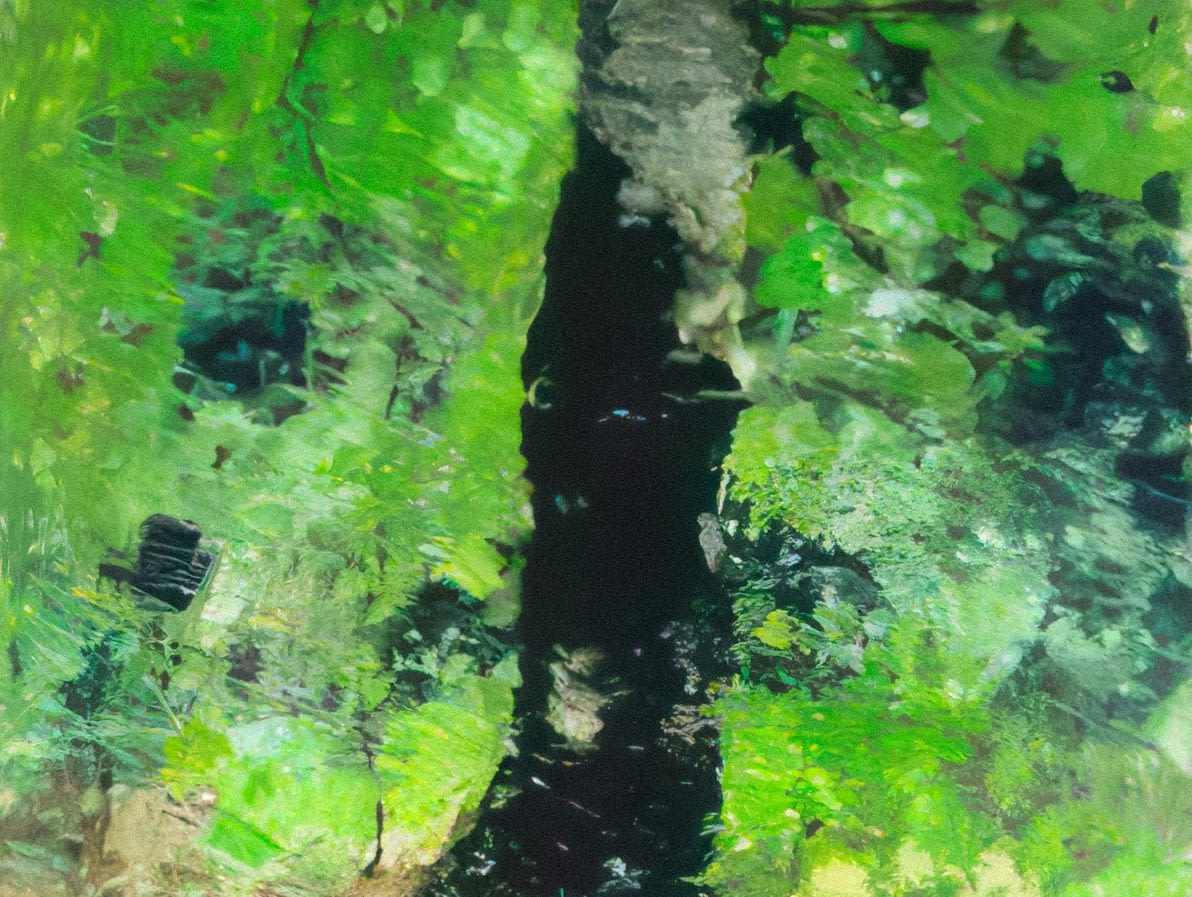
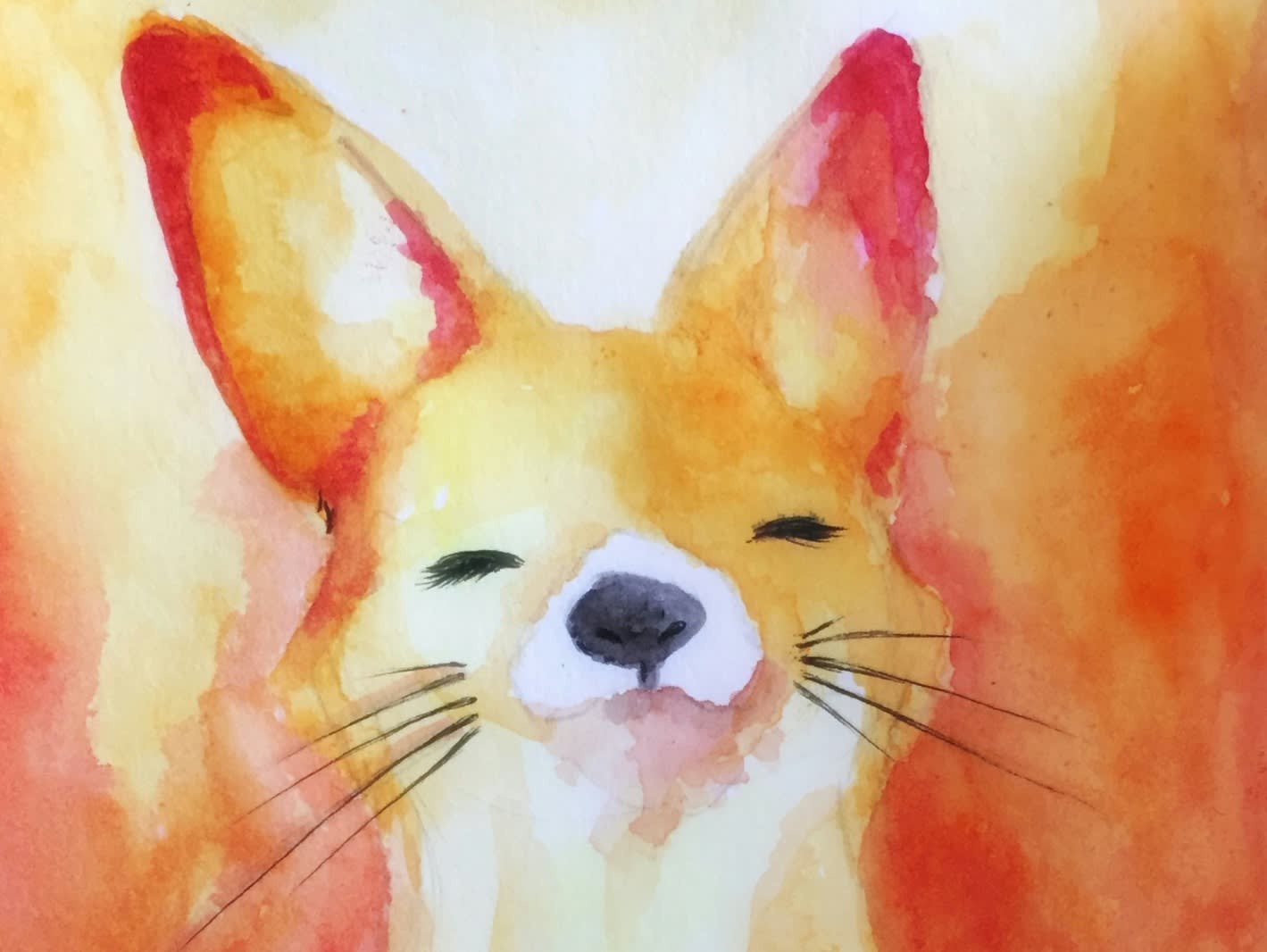
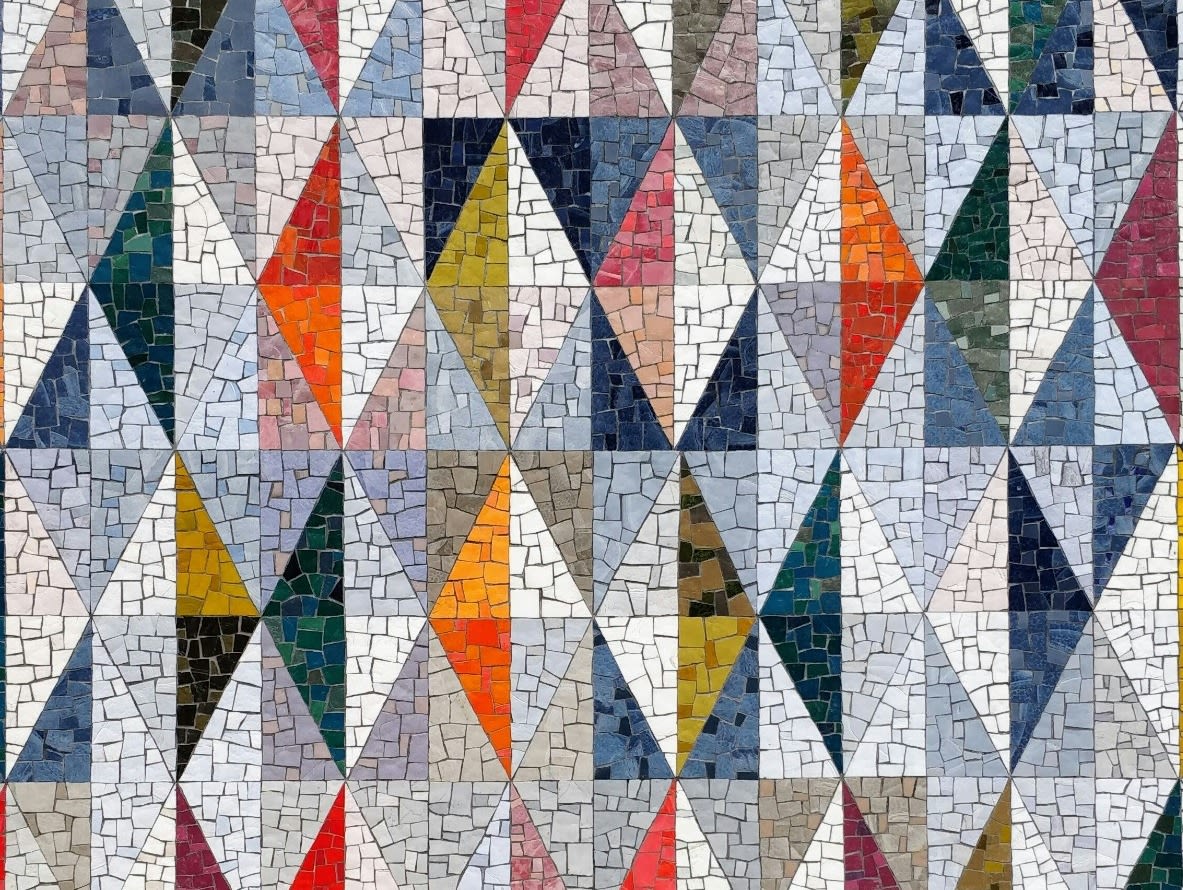
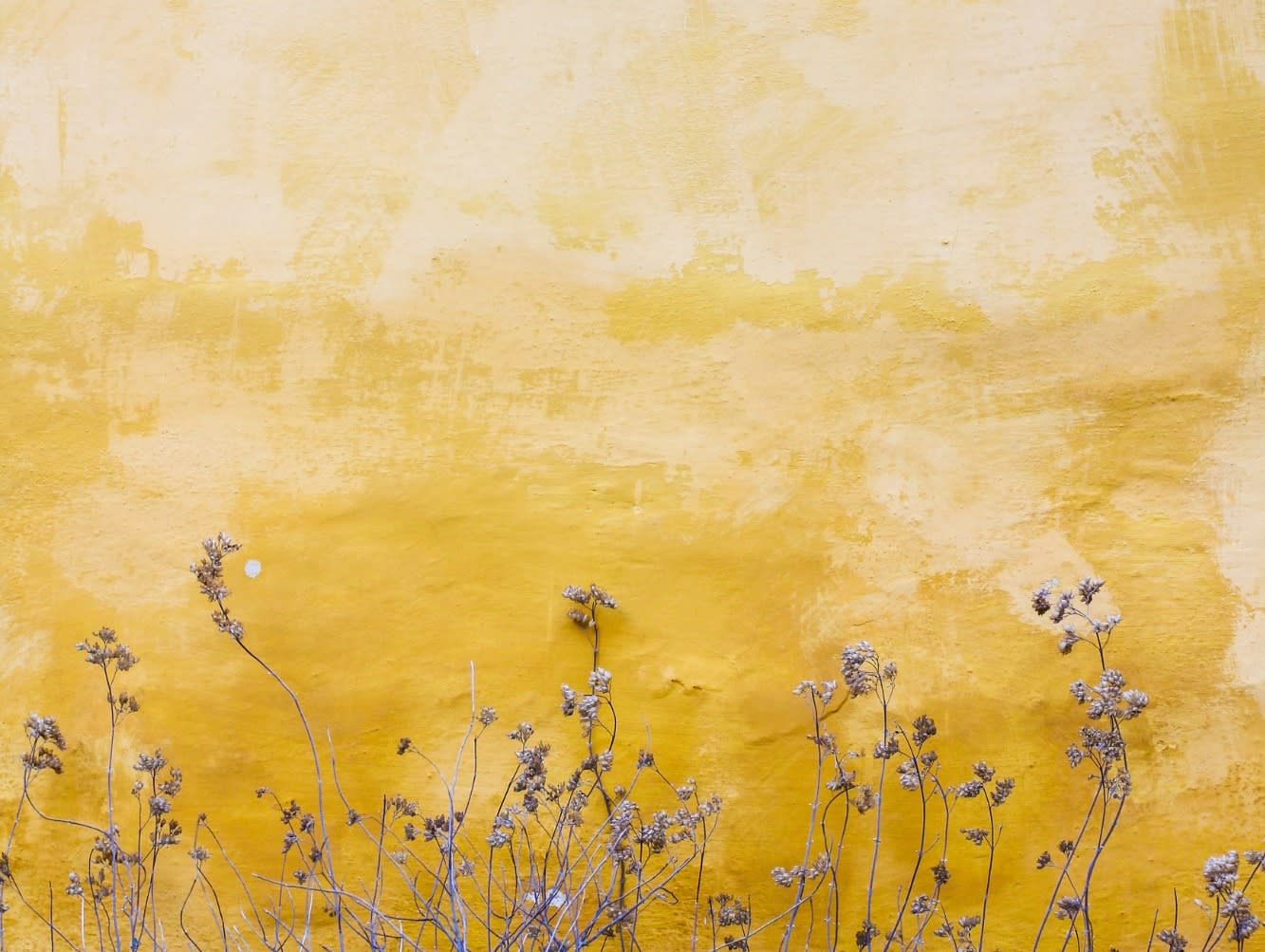
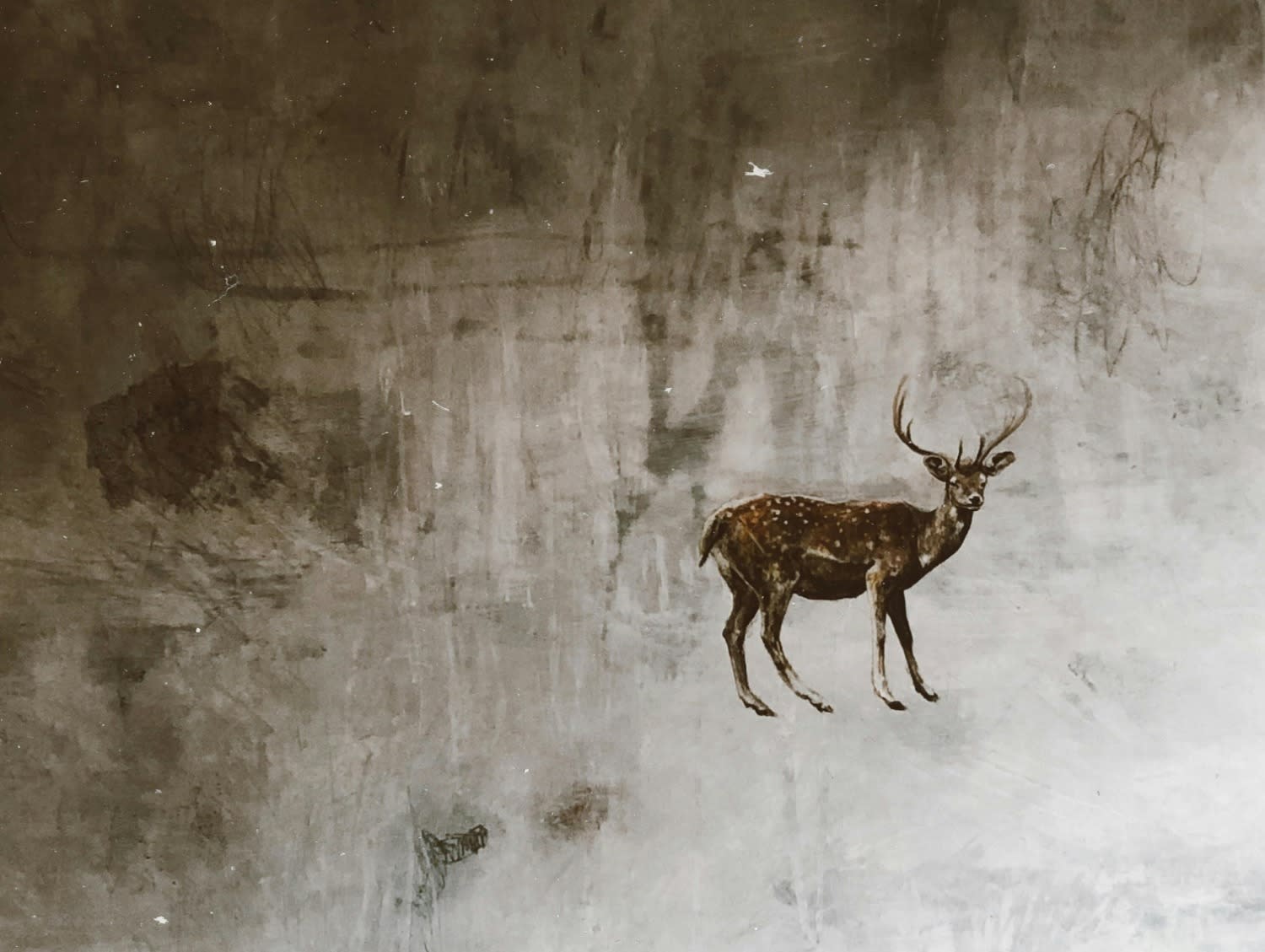
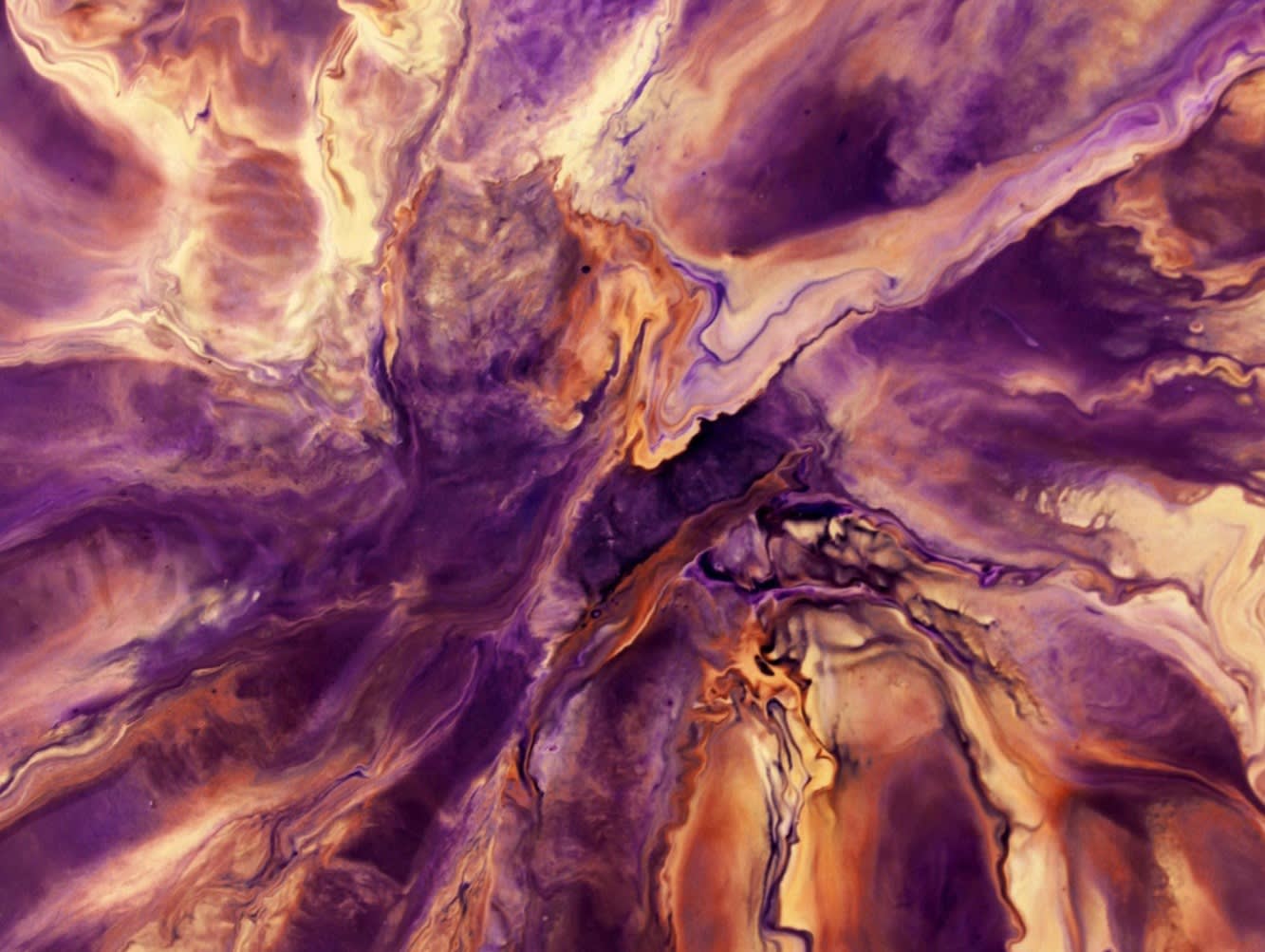
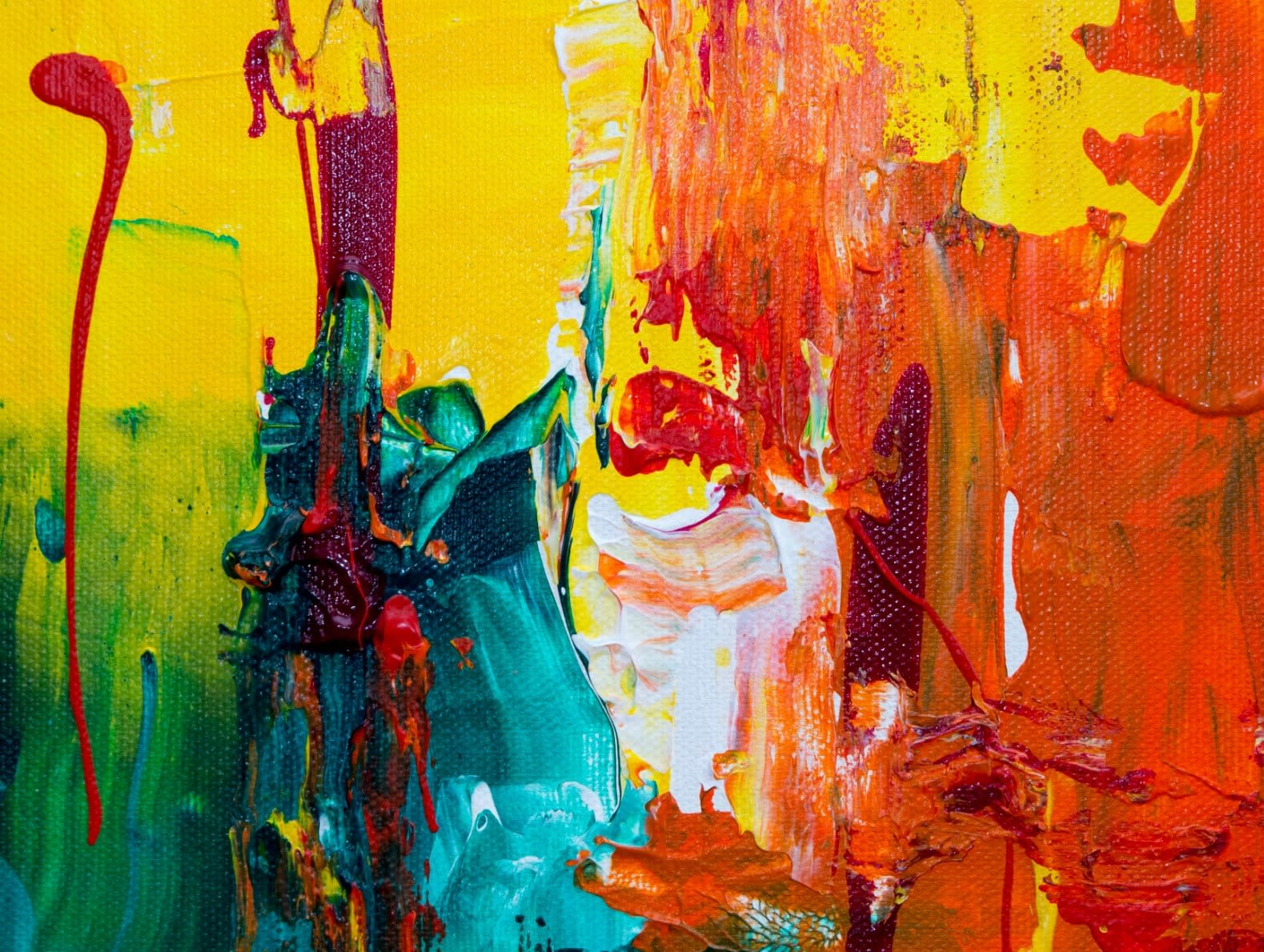

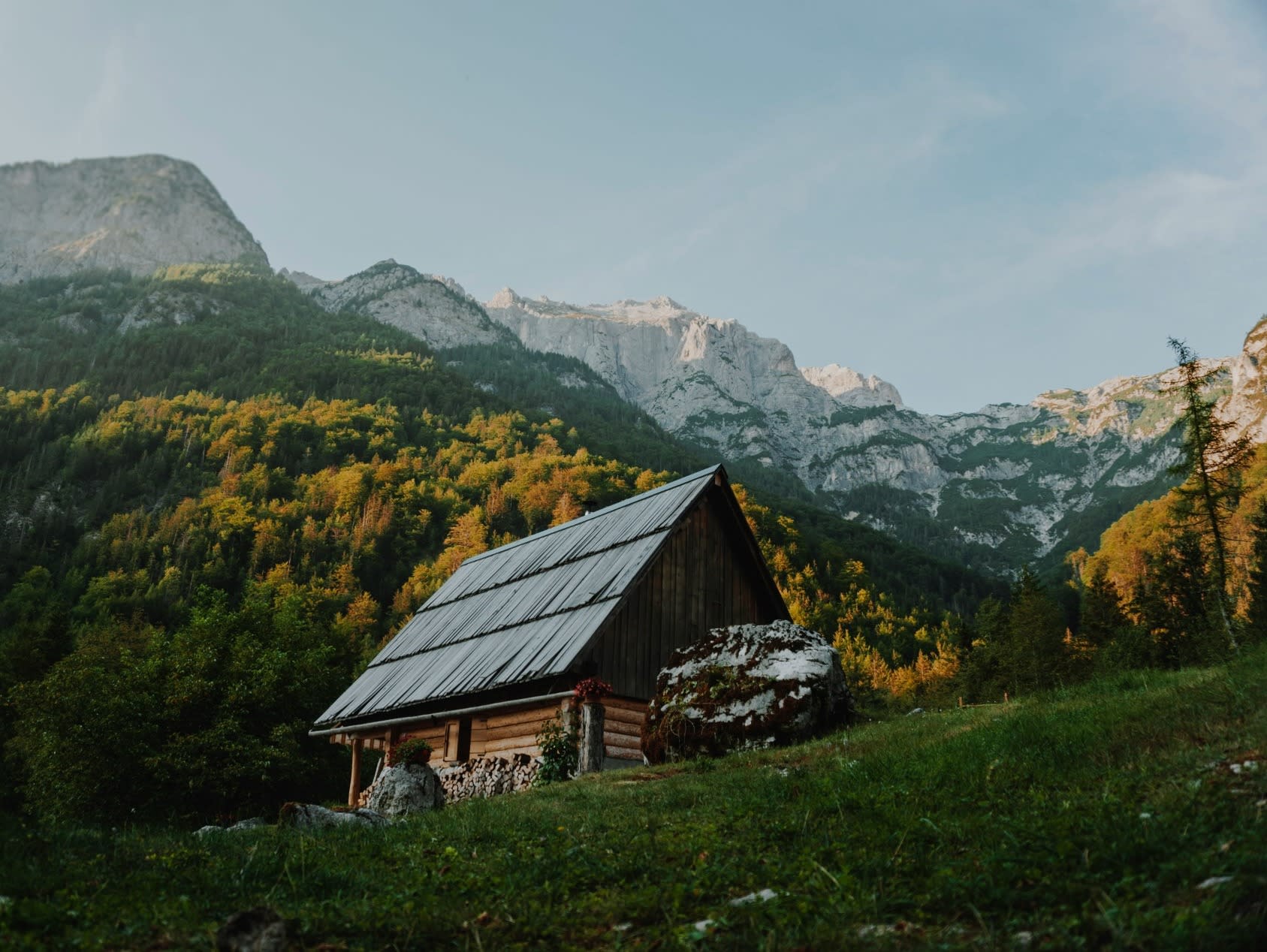
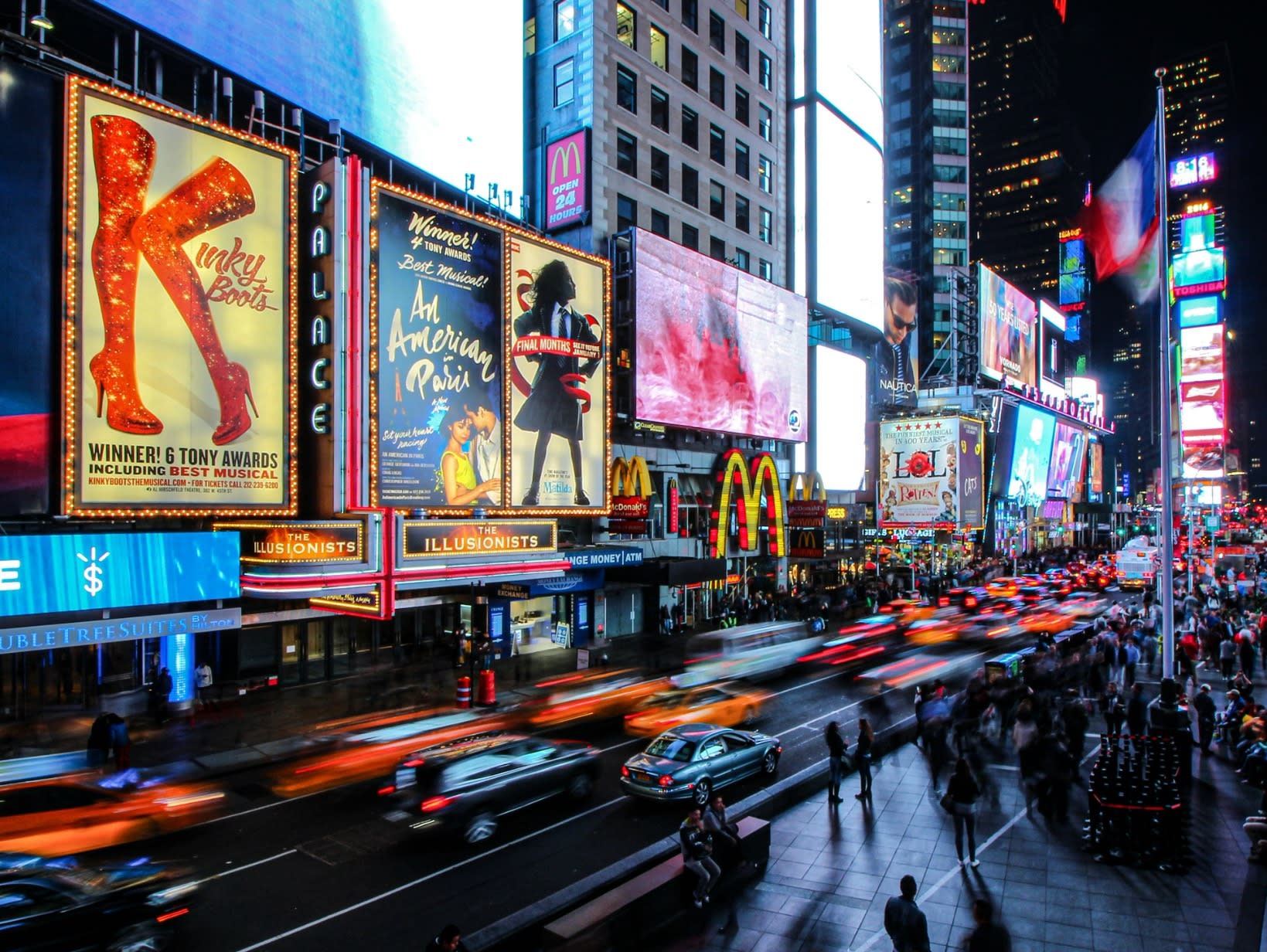

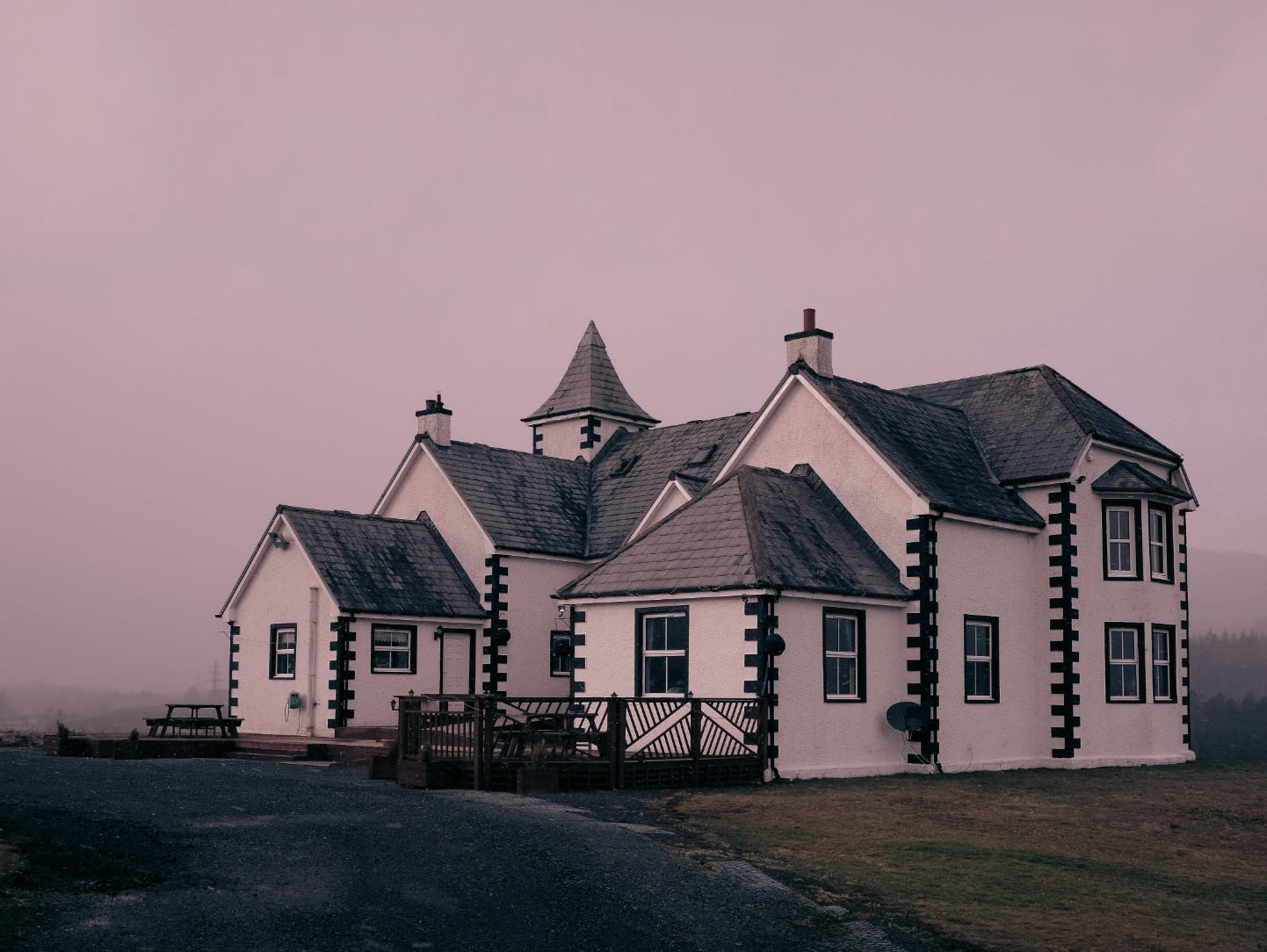
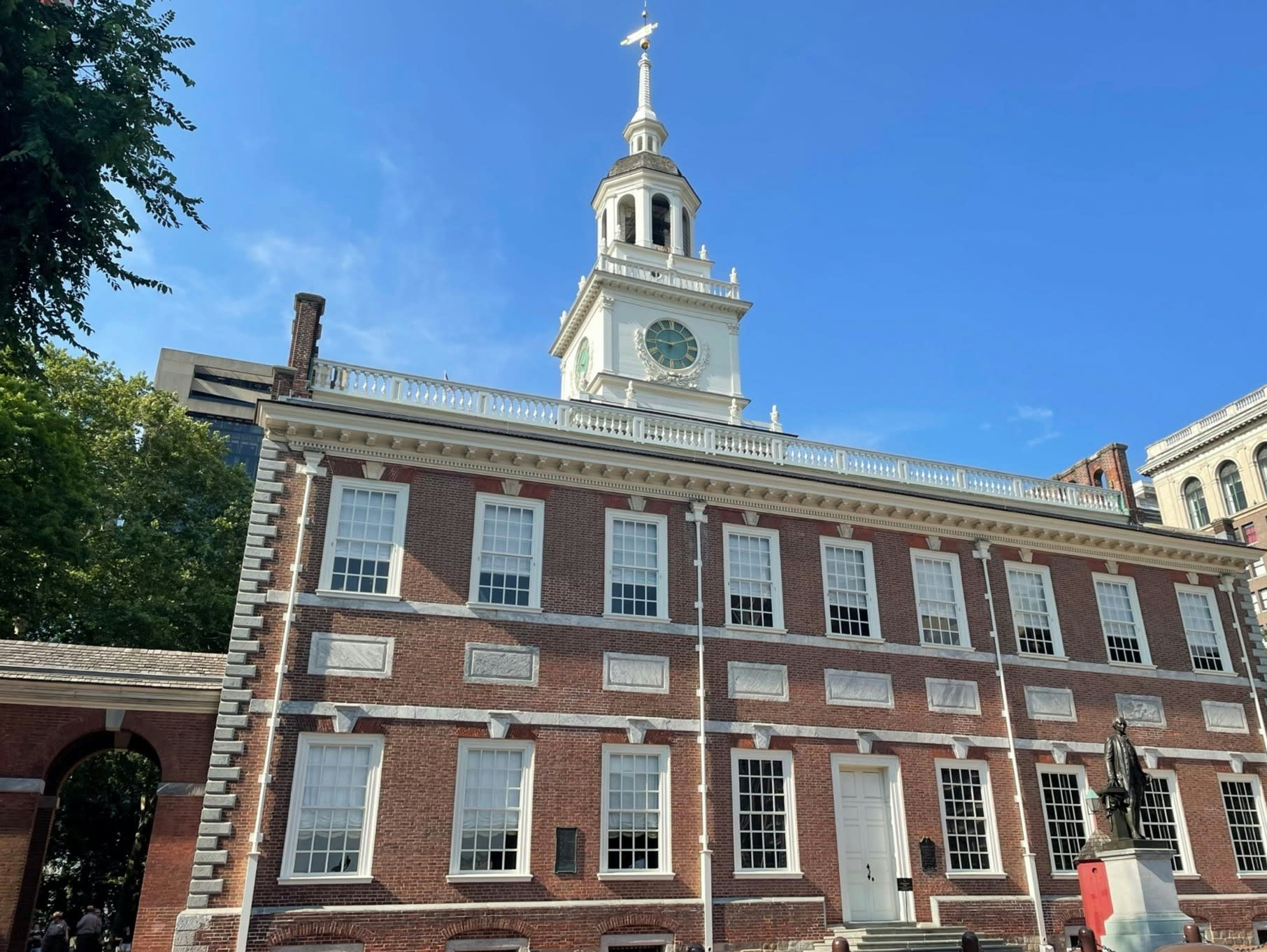

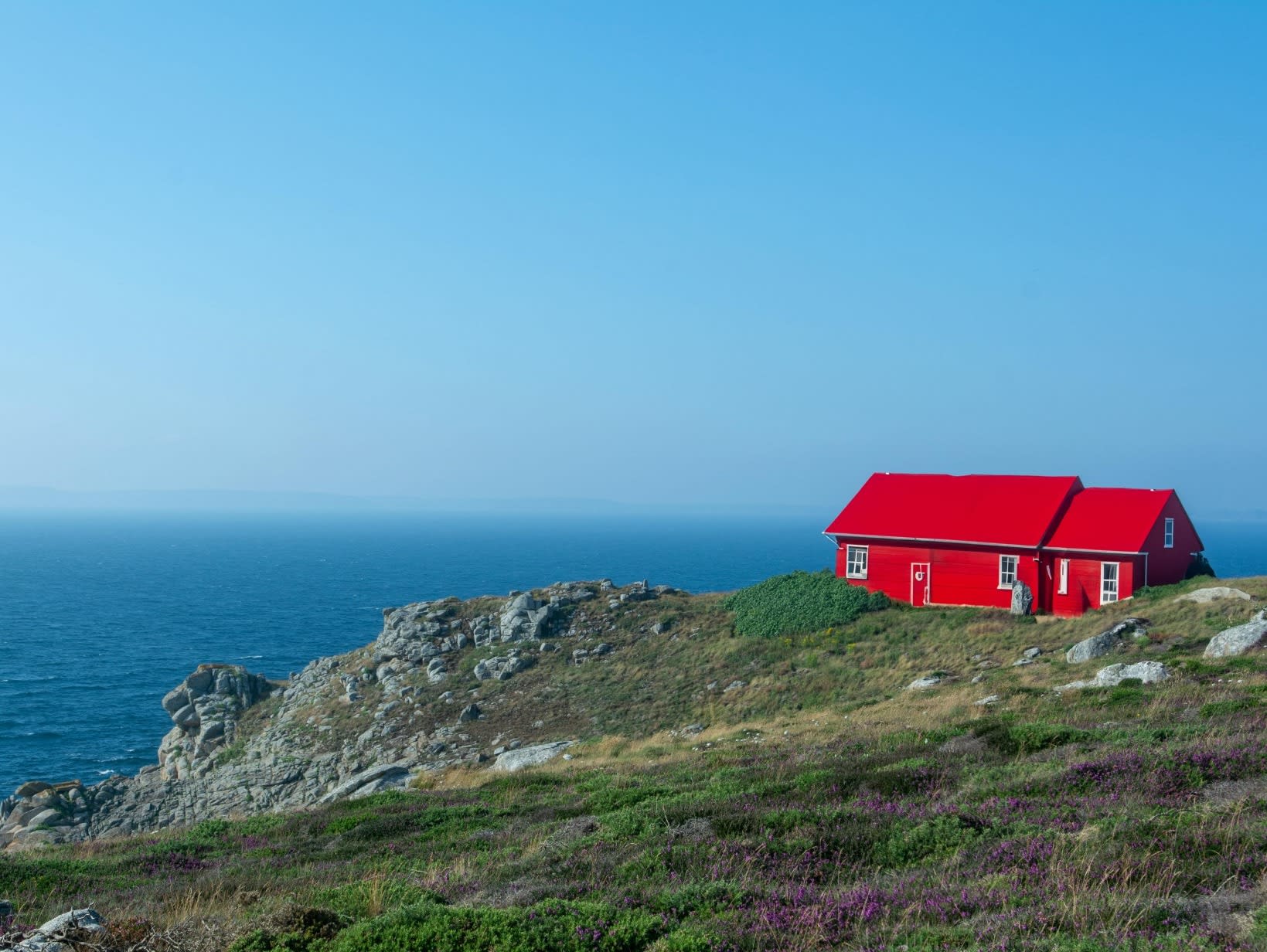
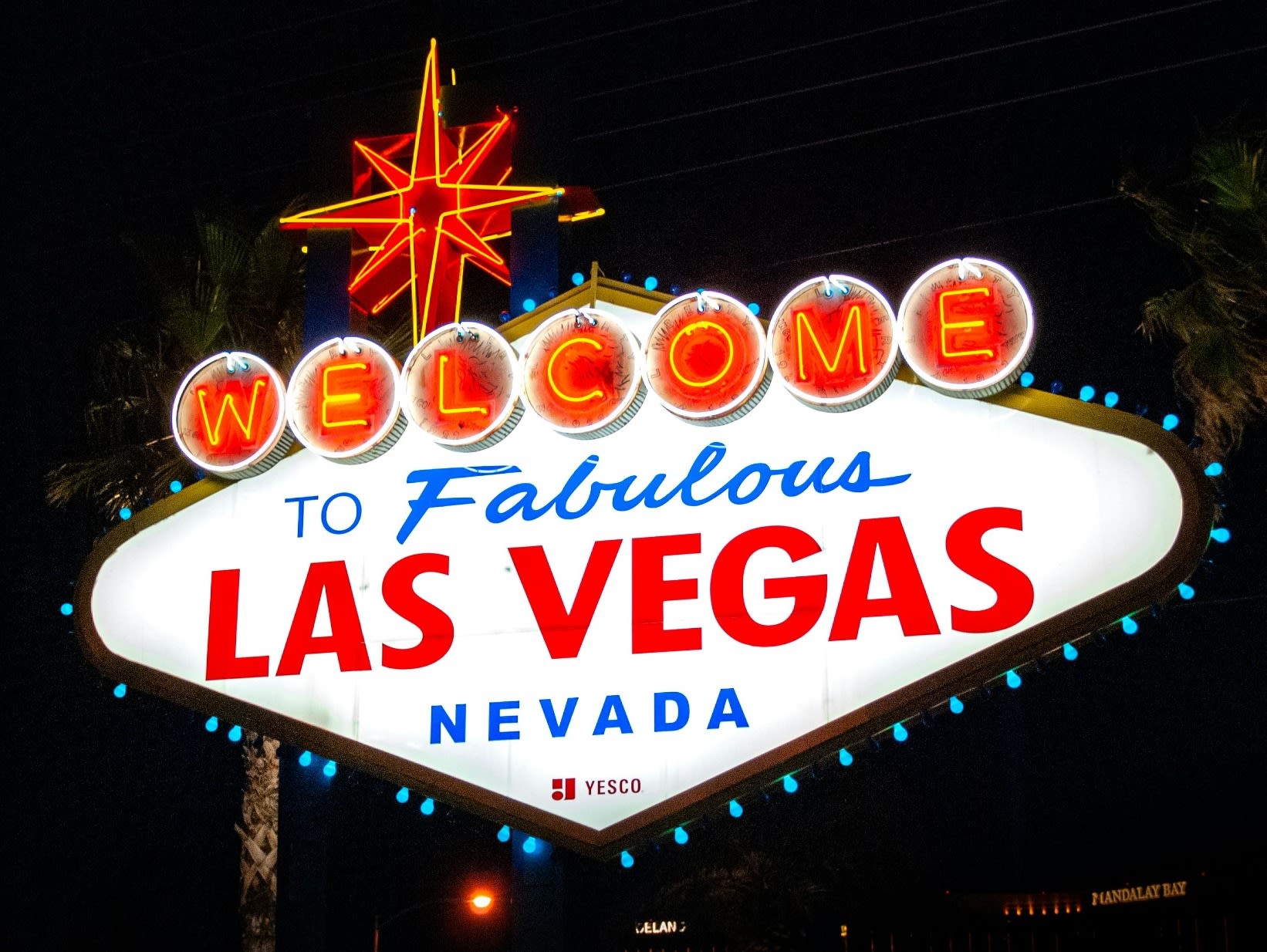
You're drawn to the ocean, a cozy, historic atmosphere, and hard work. Idawalley is a sublime, lyrical historical fiction play about famed New England female lighthouse keeper Idawalley Lewis.
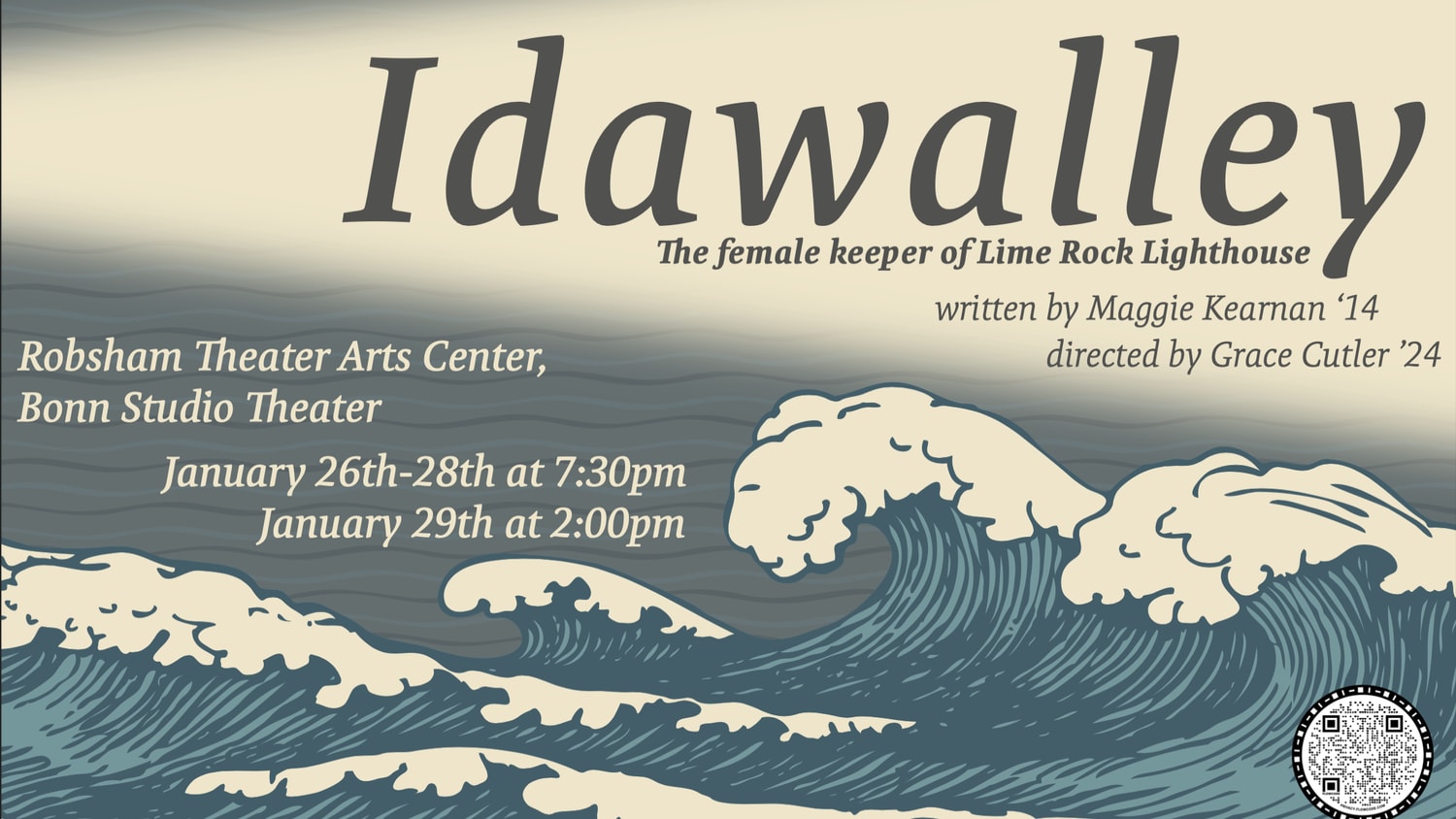
You're a little spooky and drawn to nature. Mud, Mallet, Ghost & the Temperature of the Ocean dips its toe in the horror genre while following three roommates dealing with personal and global crisis. There's trees, ghosts, a seawitch, and tangled, broken friendships.
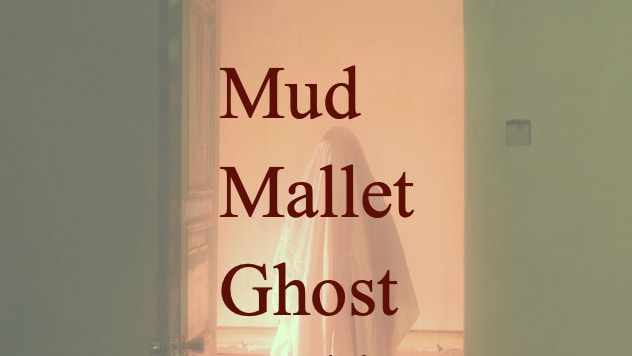
You have a contemporary aesthetic and a thirst for blood. Money is on your mind a lot, but you still know how to have a good time. How to Not Save the World with Mr. Bezos is a dark satire about the ethics of billionaires and the very messy fall of capitalism.

You have an undeniably creative spirit and you are not afraid of a little mess. Paint Call is a play about scenic artists dealing with the interpersonal politics of collaboration and making theater in an ever-changing world.
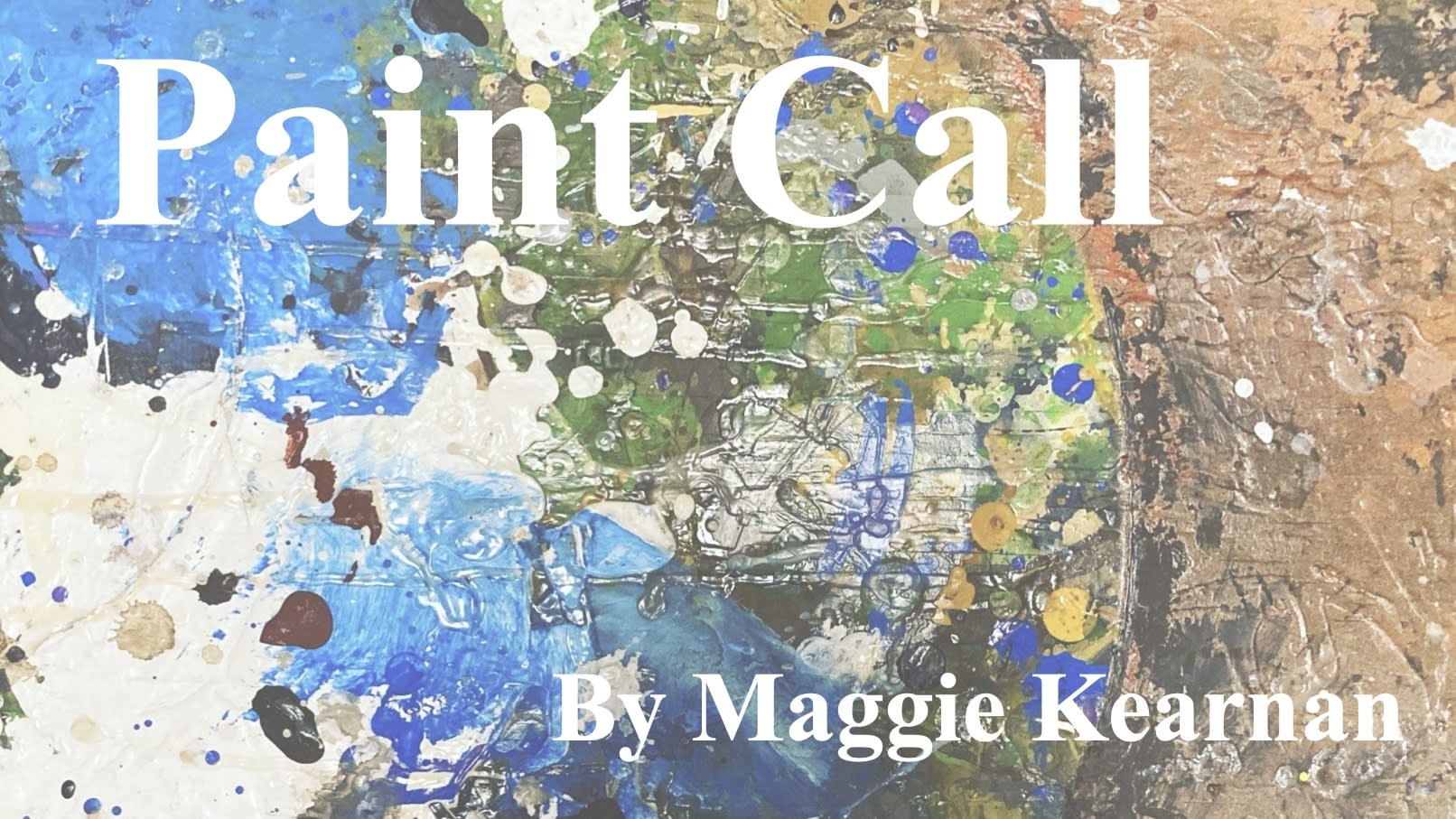
You love the forest, dancing, and don't mind getting your hands dirty. Like Flies is a rage play about women violently upending a patriarchal society to take back the power.

You're a colorful, hopeful realist. The Unchoosing is a heartfelt play about found family, the foster care system, imperfect parents, and neurodivergence.
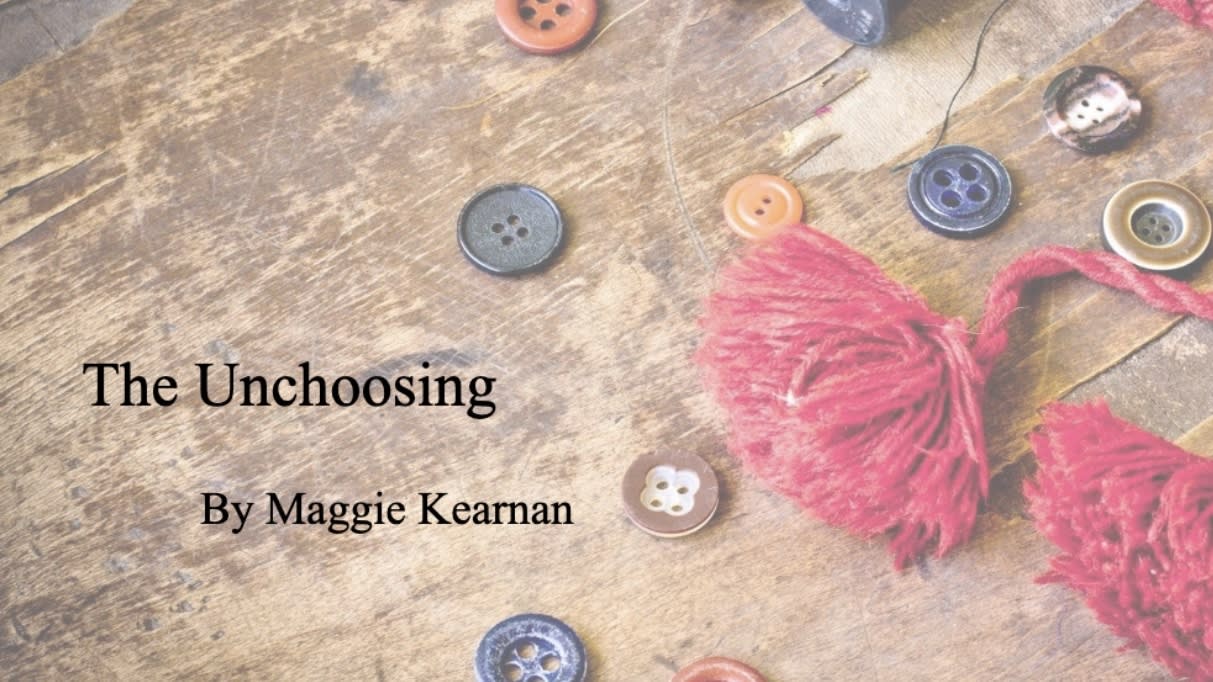
You love the finer things in life with a pinch of quirk. The Plume is a post-apololyptic comedy about a privileged family in isolation trying to see eye to eye after the end of the world.

You are mysterious and moody, searching for meaning in the darkness. IDK [What This Is] is an ensemble drama about flawed young people trying to build a better world in uncertain times.
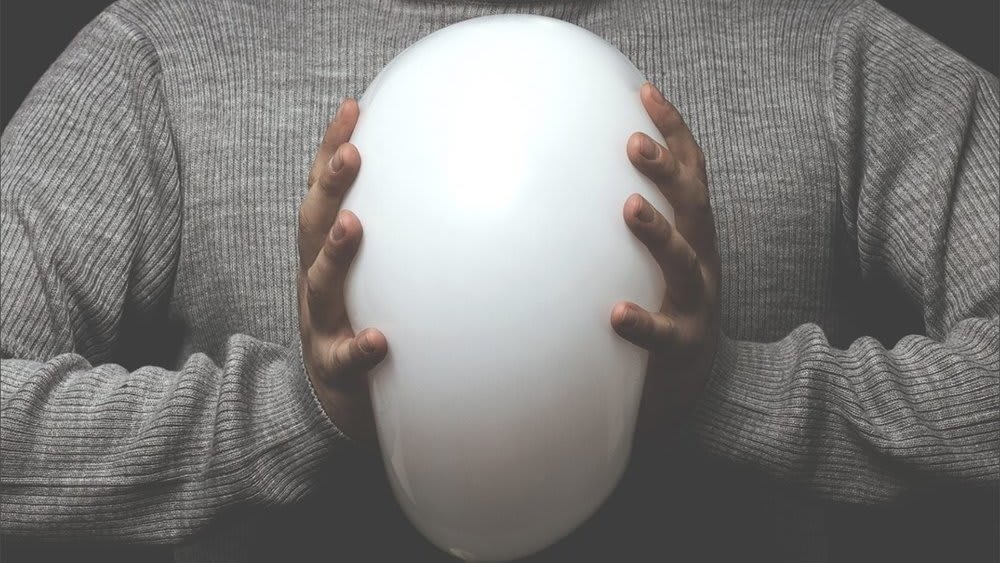
You're a spooky feminist with a creative side and problematic heroes. The Yellow Paint is an almost adaption of The Yellow Wallpaper by author and known racist Charlotte Perkins Gilman. Women's health, the theatrical process, and performative activism meet in this critique of the artists we put on pedastals.
